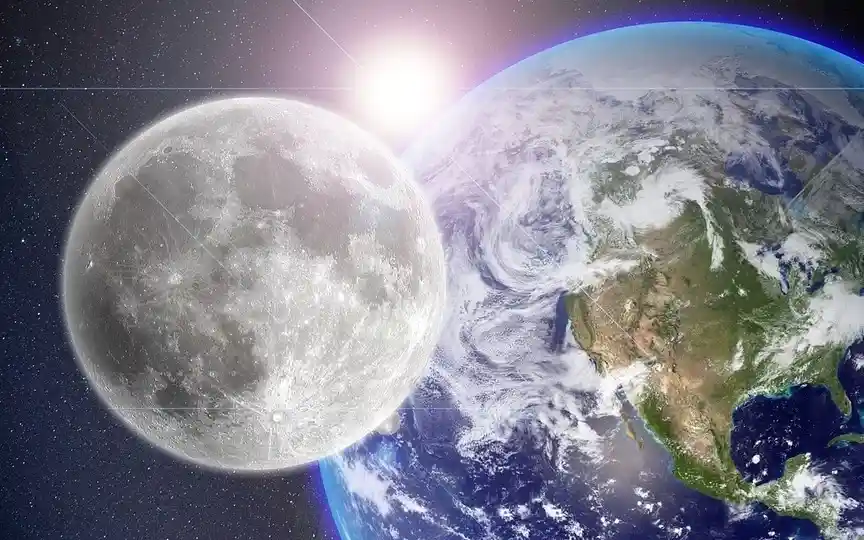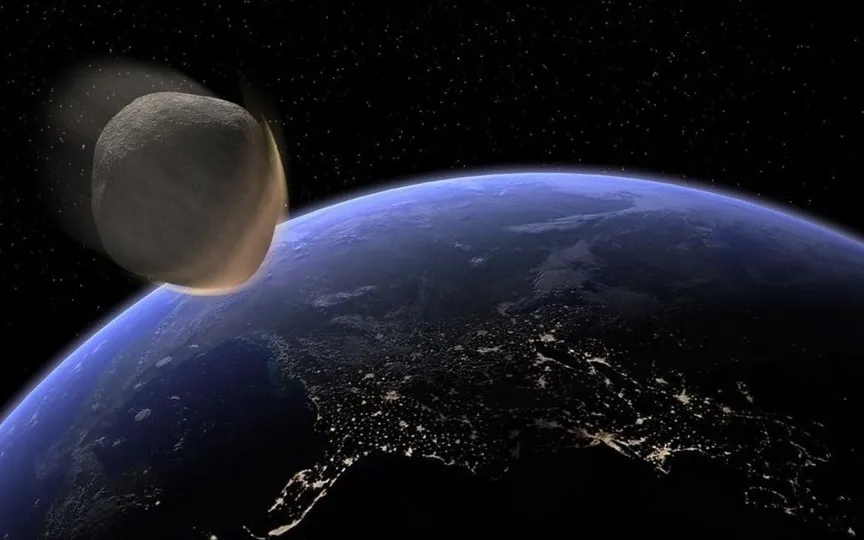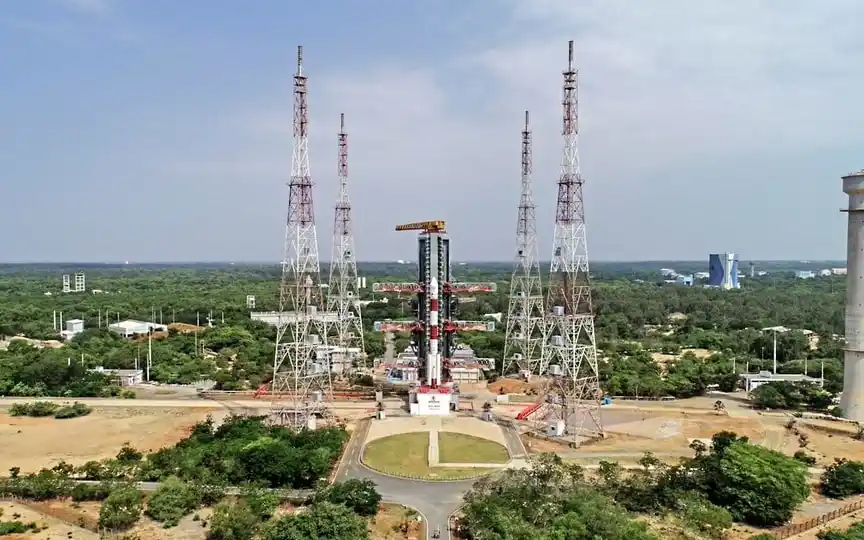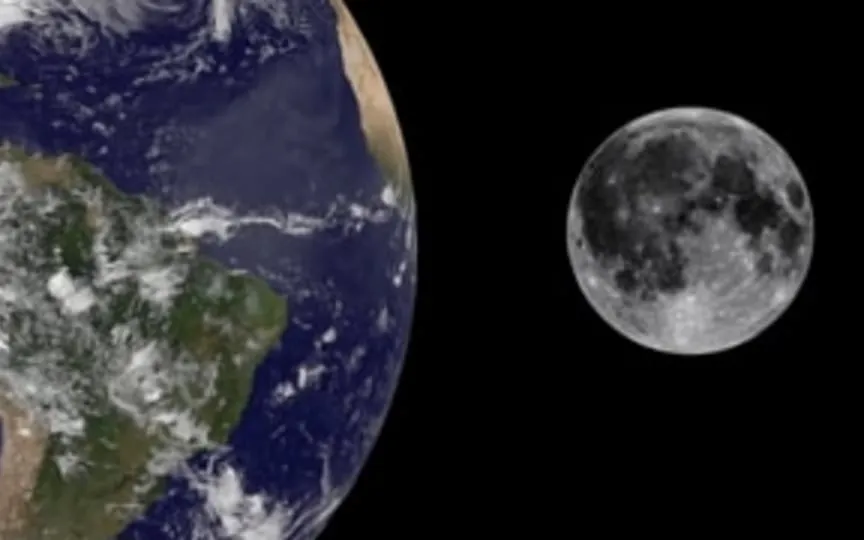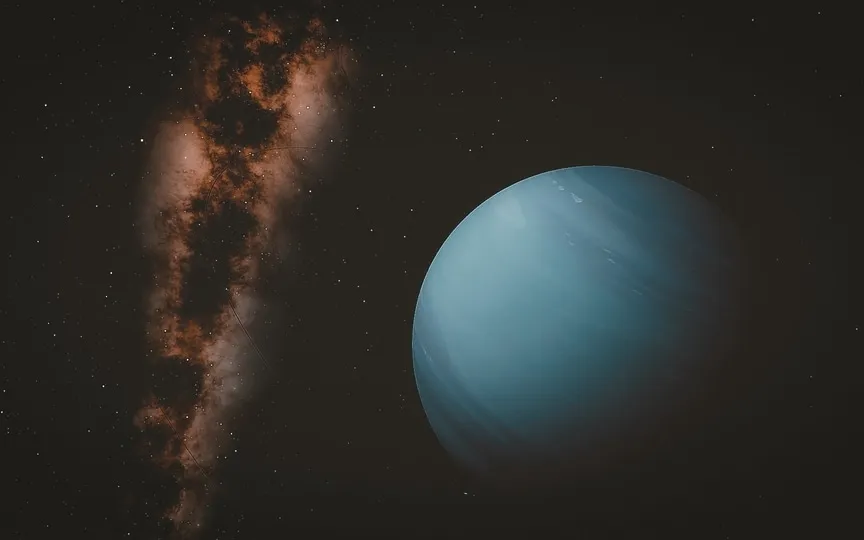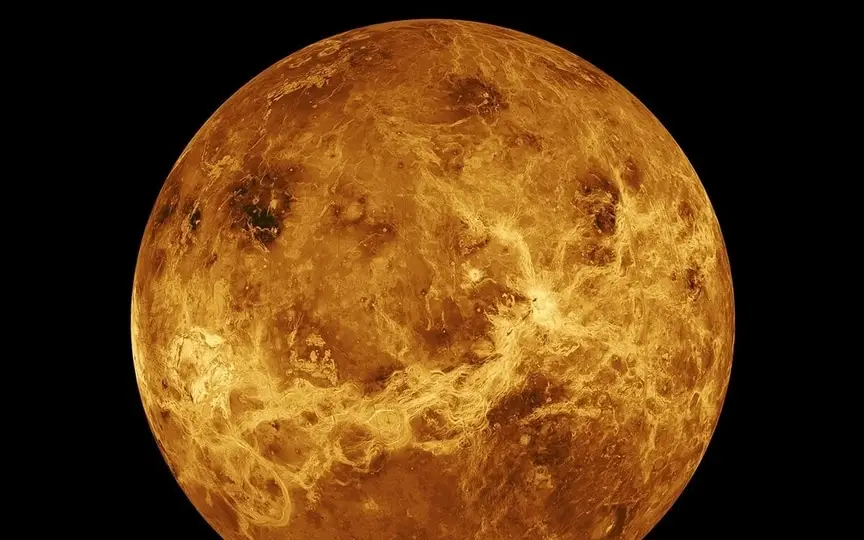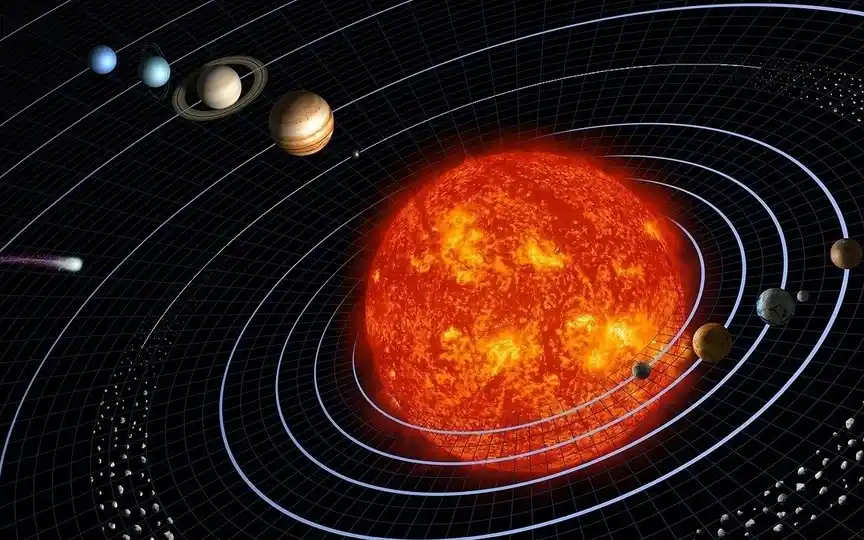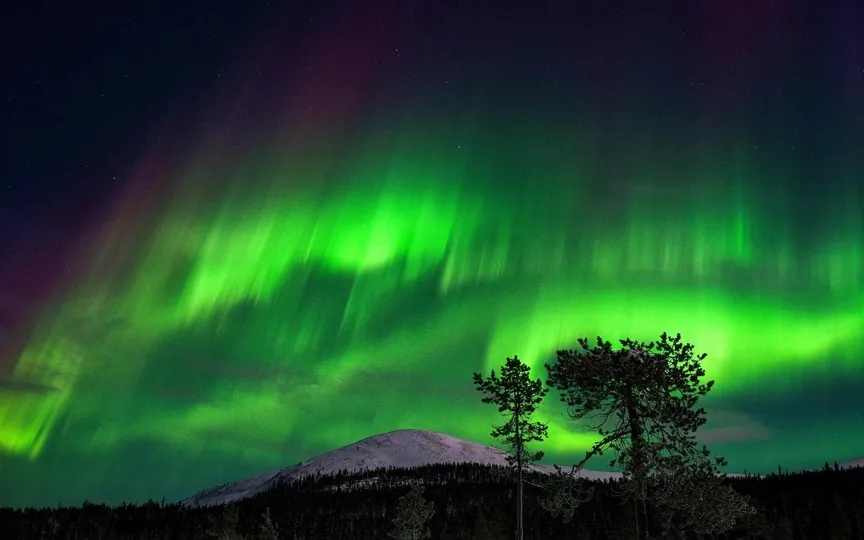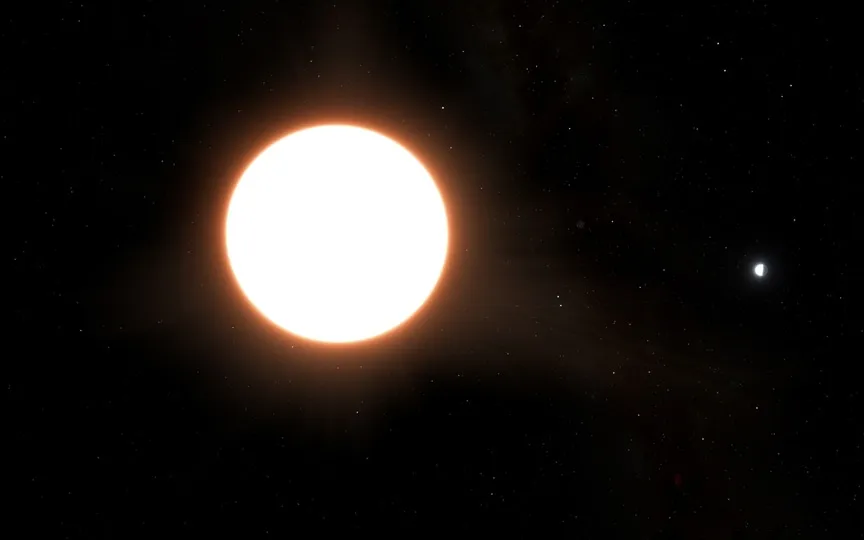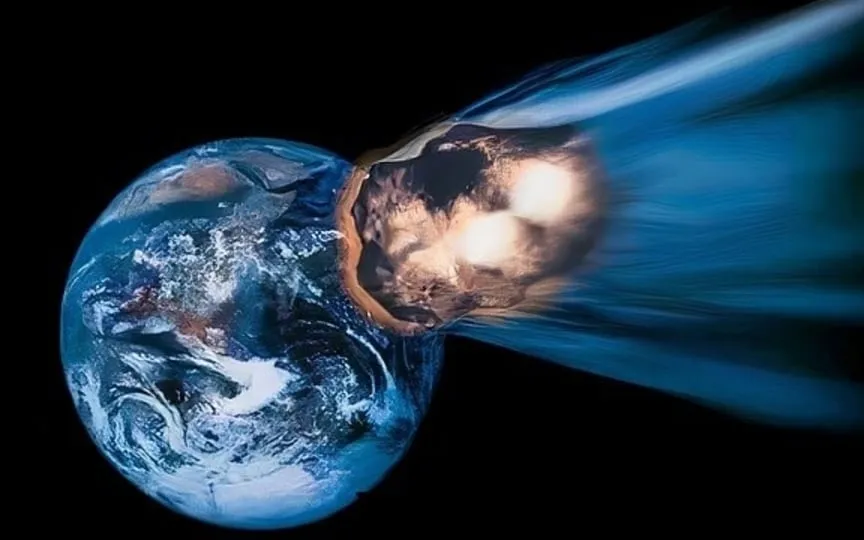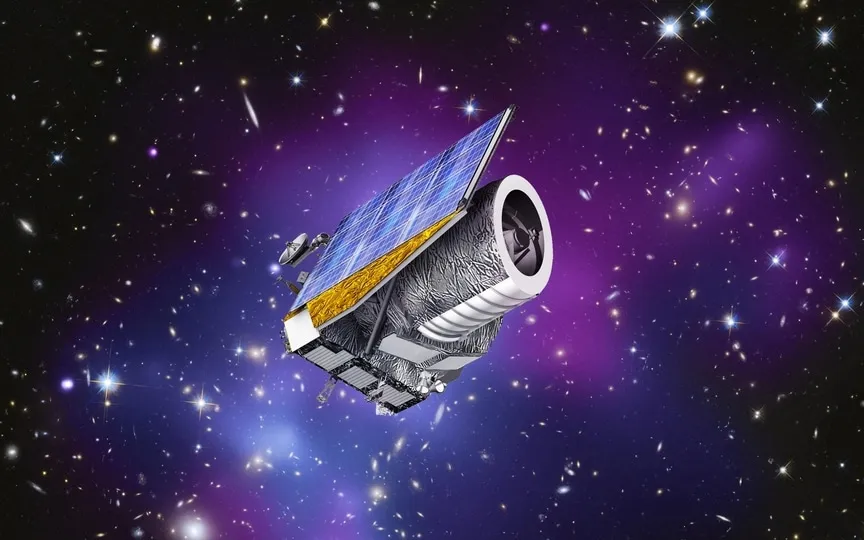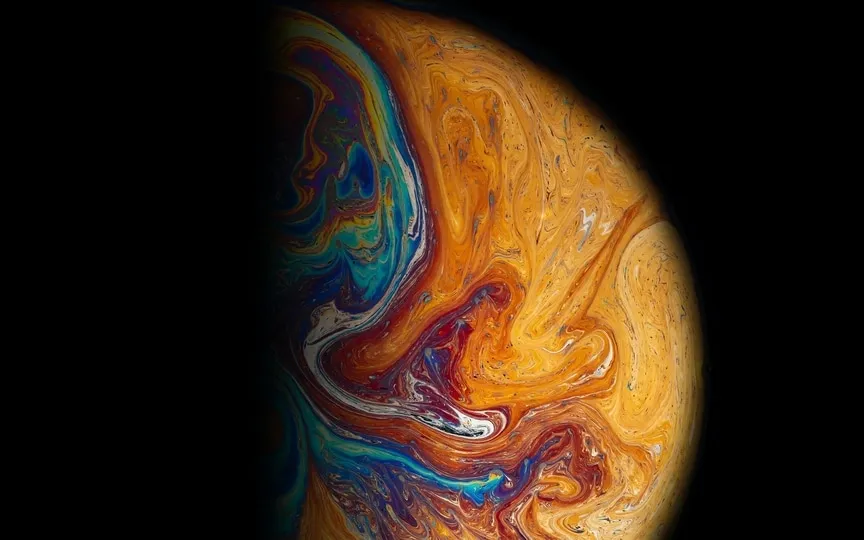Purdue Professor Reveals Ancient Mysteries: Asteroid Bennu Specimens to Illuminate Life’s Beginnings
Samples from the Asteroid Bennu have successfully made their way to Earth, holding the potential to unveil numerous enigmas of the Universe. Professor Michelle Thompson, from Purdue University in Indiana, has achieved an extraordinary accomplishment by spearheading a team that gathered these invaluable samples. Acting as time capsules, these samples provide valuable glimpses into the genesis of our solar system, dating back over four and a half billion years. In an interview with CBC News: The National, Professor Thompson described the surreal experience of holding pieces of the asteroid Bennu…
Read More
